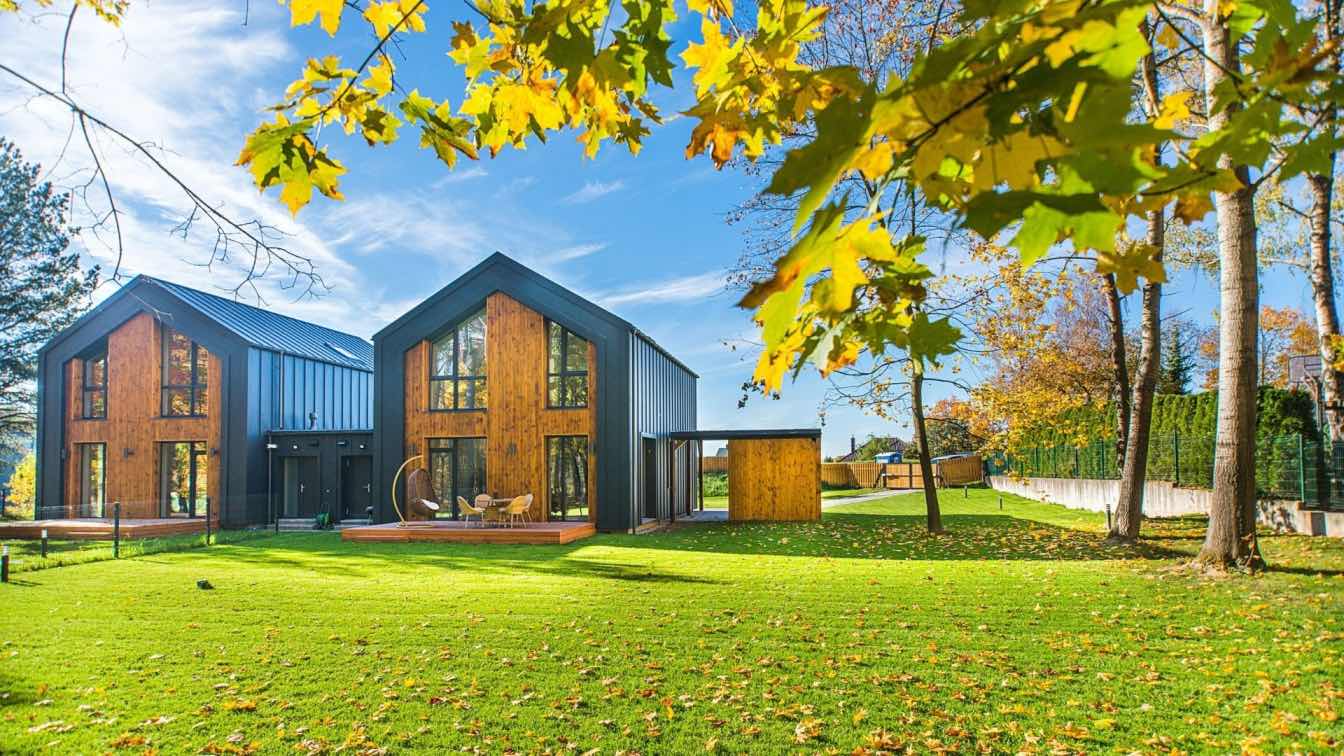Architecture is essential to crafting the casino experience, blending aesthetics, psychology, and innovation to create environments that captivate and engage. In both physical and virtual spaces, architectural elements contribute significantly to how players interact and connect with the gaming environment.
For physical casinos, design choices are strategic. From the moment a player enters, they are surrounded by intentional architectural decisions aimed at maximizing engagement. These spaces often mimic labyrinths, encouraging exploration and ensuring players are subtly guided toward gaming areas, restaurants, and other attractions. This design technique makes it easy to become immersed in the environment, losing track of time and focusing solely on the experience. Even online platforms, such as those explored by Clovr, are designed to replicate this engagement by using thematic designs and intuitive navigation.
Architectural Design and Player Psychology
The link between architecture and player psychology is a central aspect of casino design. Physical casinos typically lack windows and clocks, creating a sense of timelessness that allows players to become fully absorbed in the games. Colors, lighting, and sounds are also meticulously selected to foster a sense of excitement and anticipation. These design elements influence emotions, subtly encouraging players to stay longer and continue gaming.
In the digital realm, online casinos use design principles that evoke similar feelings. Through gamification and visual cues, online platforms encourage players to explore and discover new gaming options. A well-designed virtual casino makes it easy to navigate between games while feeling immersed in an environment that mimics the ambiance of a traditional casino.
The Role of Technology in Casino Architecture
As technology advances, so does the architectural potential for both physical and online casinos. For instance, augmented reality (AR) and virtual reality (VR) are now key components in creating immersive digital experiences. These technologies allow players to enter fully virtual casinos, explore themed worlds, and interact with other players in real-time. For a deeper look into how VR and AR are changing the face of architecture, check out this insightful source on evergine.
In physical spaces, interactive technologies like digital displays, touchscreen tables, and responsive lighting have become standard features in modern casino design. These innovations add layers of interactivity, making the gaming experience more dynamic and engaging. By seamlessly blending technology with architecture, casinos can create spaces that feel both futuristic and inviting.
Sustainable and Ethical Design Choices
Another trend shaping casino architecture today is sustainability. More casinos are adopting eco-friendly practices, from energy-efficient lighting to the use of sustainable materials in construction. This shift not only reflects a growing societal emphasis on environmental responsibility but also appeals to a player base that values sustainability. Casinos that prioritize green design can create an atmosphere of well-being, adding to the overall positive player experience.
Sustainable architectural practices in casinos may include the use of renewable materials, water conservation systems, and energy-efficient HVAC systems. By focusing on these elements, casinos can reduce their environmental footprint while still offering a top-tier gaming experience. Players today are more attuned to environmental issues, and casinos that align with these values can strengthen loyalty and trust among their customers.
The Future of Casino Design
Looking ahead, casino architecture will likely continue to evolve with emerging technologies and societal trends. As AR and VR capabilities expand, online casinos will become even more immersive, with players able to interact within virtual spaces that replicate real-world casino environments. In physical casinos, we can expect to see an increased emphasis on sustainable materials and designs that reflect a commitment to both aesthetics and the environment.
Architecture in casinos is about more than just walls and decor—it’s a sophisticated blend of design and psychology that enhances the entire gaming experience. Through thoughtful design choices and the integration of technology, casinos continue to redefine what it means to entertain, creating spaces that are as engaging as they are innovative.





